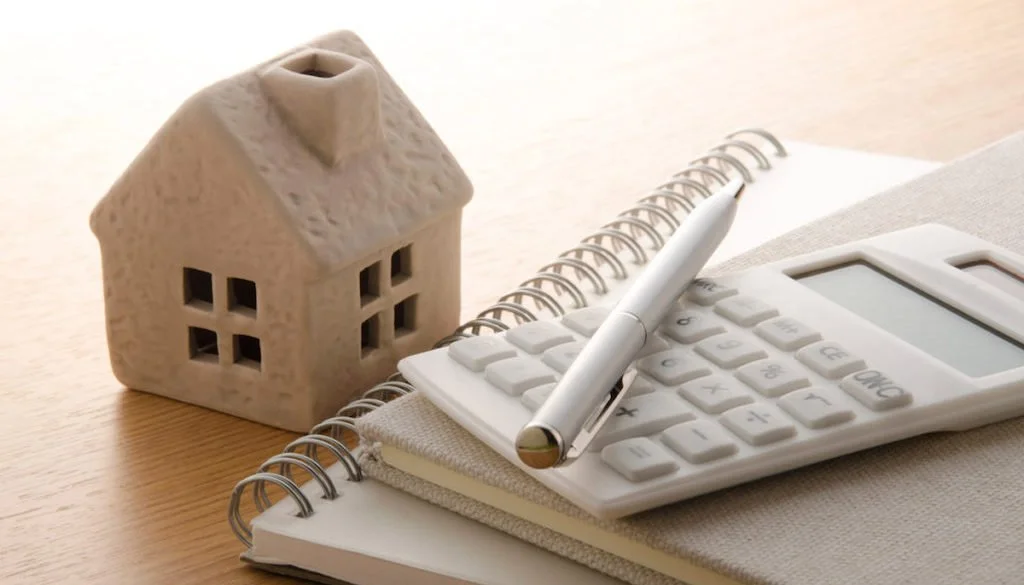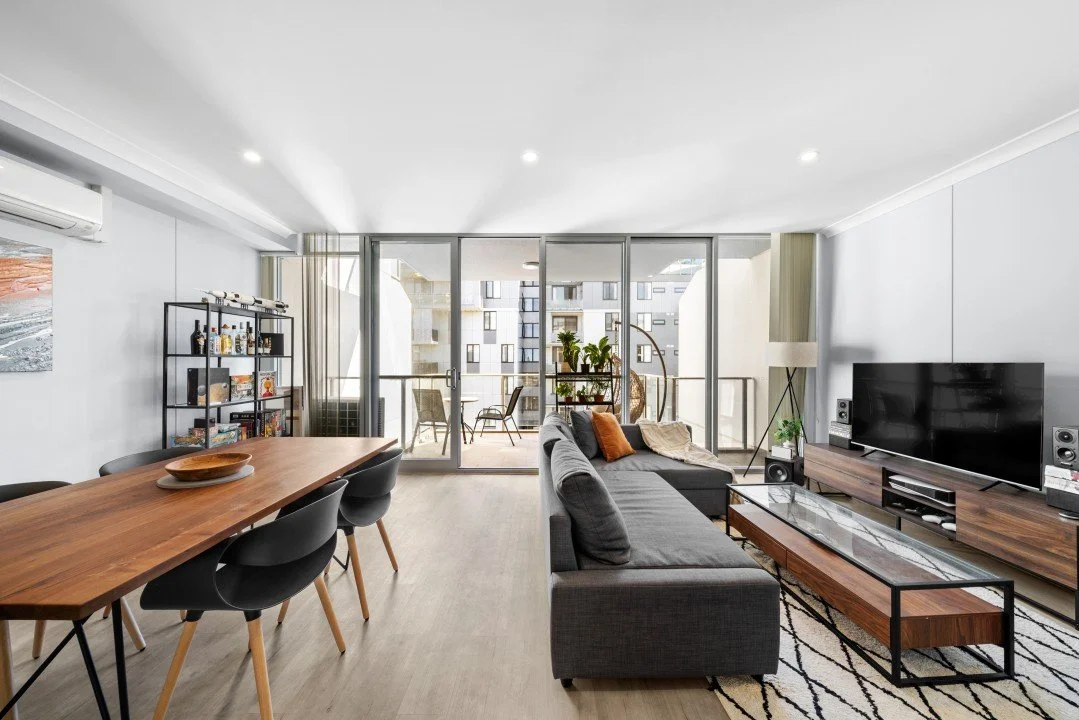Does depreciation affect capital gains tax?
Capital Gains Tax can seem complicated, especially when considering the implications of property depreciation and applicable discounts. It’s unsurprising then that many property investors ask, does depreciation affect capital gains tax? In this article we explore capital gains, when and how it applies and the role of tax depreciation.
What is capital gains tax?
Capital gains tax (CGT) is a tax you pay on the profit or capital gain made from the sale of an investment property. A capital gain is the difference between what you paid for the property (your cost base) and what you sold it for. It’s included in your assessable income in your annual tax return and taxed at your marginal rate.
A net capital gain is your total gain minus your total loss for that financial year. It can also include any previous unapplied net capital losses and any CGT discounts or concessions. To find out when the tax applies, read When do you pay capital gains tax on investment property?
Does depreciation affect capital gains tax?
Depreciation can change your cost base and therefore affects CGT. Depreciation deductions can be claimed under two categories – plant and equipment deductions and capital works depreciation. Both can affect your cost base in different ways.
Plant and equipment assets are items which are easily removable from the property such as carpet, hot water systems and blinds. These assets have a limited effective life as set out by the ATO and can generally be depreciated over time. When a property is sold, plant and equipment assets are removed from both the purchase and selling price and calculated separately. The value of the plant and equipment at sale and the depreciation claimed in some circumstances can affect the capital gain or loss.
Capital works deductions refer to the building’s structure and items considered to be permanently fixed to the property such as kitchen cupboards, doors and sinks. This type of depreciation is claimed as a loss and reduces your cost base, as the amount gets smaller and smaller each year. This loss adds to the capital gain and increases the amount of CGT applicable.
Keep in mind that although claiming depreciation can increase CGT, the 50 per cent CGT discount is available to those who hold an asset for 12 months or more. Because of this, the deductions claimed throughout ownership are 50 per cent more valuable than the potential increased CGT liability when the property is sold. There is also an added opportunity to invest that extra money or to reduce loans throughout ownership.
Did 2017 depreciation legislation changes affect capital gains tax?
In July 2017, plant and equipment depreciation deductions were limited to only those outlays actually incurred by residential property investors. Under current legislation, owners of second-hand residential properties who exchanged contracts after 7:30pm on 9th May 2017 cannot claim deductions for previously used plant or equipment assets.
It’s important to note that new properties are unaffected by the changes. Capital works deductions for structural assets are also unaffected and can still be claimed by owners of income-producing properties. These deductions typically make up 85-90 per cent of a total depreciation claim.
A capital loss can be calculated when a plant and equipment asset is disposed of for less than its original cost, and depreciation claims were denied because of the changes. Examples of asset disposal can include when an item is scrapped or sold as part of the sale of the property.
Under CGT rules, a capital loss can generally be offset against a capital gain. If there is no capital gain in the current year, the capital loss can be carried forward and offset against a future capital gain. In order to calculate a capital loss on disposal, the original cost of the asset as well as the asset’s end value will need to be determined.
Given that CGT is very complex and there can be a variety of outcomes for investors depending on their specific circumstances, it’s important to consult with your accountant.
How does depreciation benefit investors?
As the owner of a residential investment property, claiming maximum depreciation deductions can make a big difference to your cash flow. The Australian Taxation Office (ATO) allows owners of income-producing properties to claim depreciation deductions for the natural wear and tear that occurs to a building and its assets over time.
Any income-producing property may be eligible for thousands of dollars in depreciation deductions. A tax depreciation schedule is the best way to ensure every deduction is found and maximised.
A BMT Tax Depreciation Schedule covers all deductions available over the lifetime of a property and provides accountants with the necessary information to calculate capital gain or loss. A BMT schedule has a one-fee and is 100 per cent tax deductible.
During the FY 2018/19, BMT found residential property investors an average first year deduction of almost $9,000. For more information, Request a Quote or speak with one of the expert team at BMT Tax Depreciation on 1300 728 726.
Written by BMT Team, republished from BMT Tax Depreciation
BMT is a Quantity Surveying company who specialise in tax depreciation with a personalised approach to every tax depreciation schedule prepared for investment, commercial and rental properties.
Social Sharing
Disclaimer: This article is intended to provide general news and information only. While every care has been taken to ensure the accuracy of the information it contains, neither Loanscape nor its employees can be held liable for any inaccuracies, errors or omission. All information is current as at publication release and the publisher takes no responsibility for any factors that may change thereafter. Readers are advised to contact their financial adviser, broker or accountant before making any investment decisions and should not rely on this article as a substitute for professional advice.









Loanscape has today released its Borrowing Capacity Index for Q4/2024. It confirms the forecast trend that borrowing capacities of Australian individuals and families are recovering from their low levels which coincided with the last of the recent increases to borrowing rates initiated by the Reserve Bank of Australia.